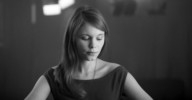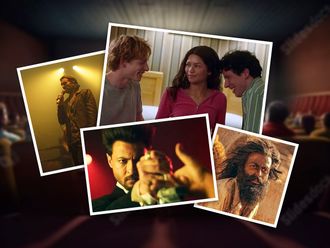
Pawel Pawlikowski, the director of Poland’s Oscar-nominated drama Ida, said making the film about a novice nun who discovers she is Jewish was in part an exercise in bringing the memories of his own 1960s childhood to the big screen.
The stark black-and-white film swept the European Film Awards in December and is one of the favourites to win the best foreign-language picture at the Academy Awards later this month.
Pawlikowski, 57, who emigrated from Poland at age 14 before settling in Britain in 1977, spoke about why he did not want to film in colour, the movie’s success and how it became a political football in Poland.
Q: How personal an undertaking was Ida?
A: A compulsion to do it was to make a film in Poland in the early ‘60s, which is a time I vaguely but very intensely remember. That was my childhood.
Q: So why choose to make Ida in black and white?
A: There’s the obvious reason that I remember that period in black and white, and because films at that time were black and white ... But more importantly is that I wanted to make it an abstract film. If you do something in black and white, especially if you use that well, you raise everything to a slightly more abstract and universal level.
Q: Why do you believe the movie has been well-received?
A: What seemed to have worked is precisely that the film doesn’t try to explain things but actually draws the audience in at a very basic psychological and emotional level, and makes them feel as if they’re watching something timeless.
Q: But the film has upset Polish nationalists who have criticised its portrayal of Poles during the Second World War.
A: It’s just a self-serving political movement that uses the success of Ida to further their own causes. In Poland, elections are approaching, and the right is a bit impatient and frustrated, and so anything to create a bit of heat is good for them.
Q: For a foreign film, it also surprisingly earned an Oscar nomination for cinematography.
A: I’m really happy because we went out on a limb with the photography, and it was such an eccentric framing. A lot of old-fashioned cinematographers didn’t like the framing. They thought it was too eccentric, too weird and not correct. I’m happy enough people liked it.











